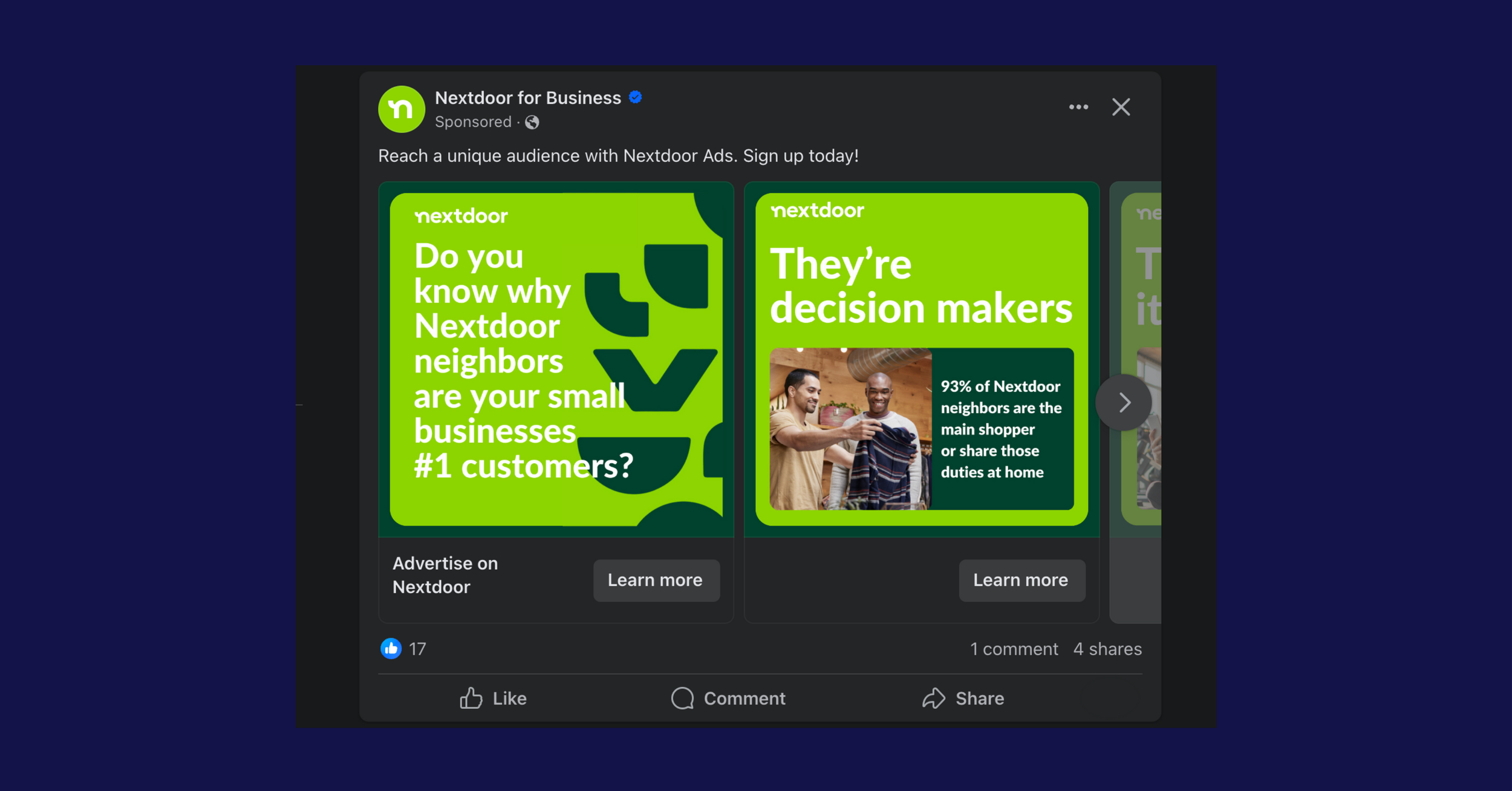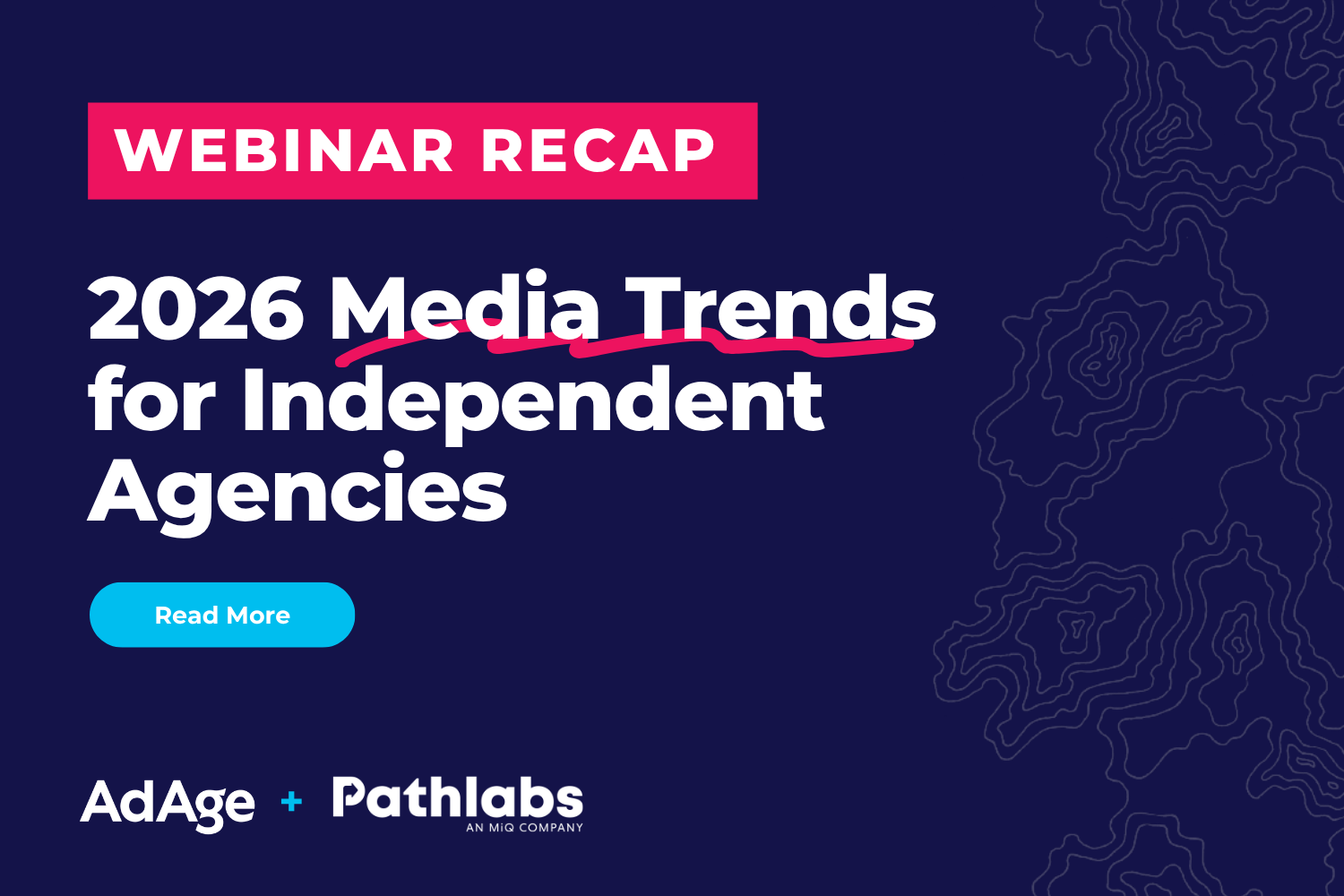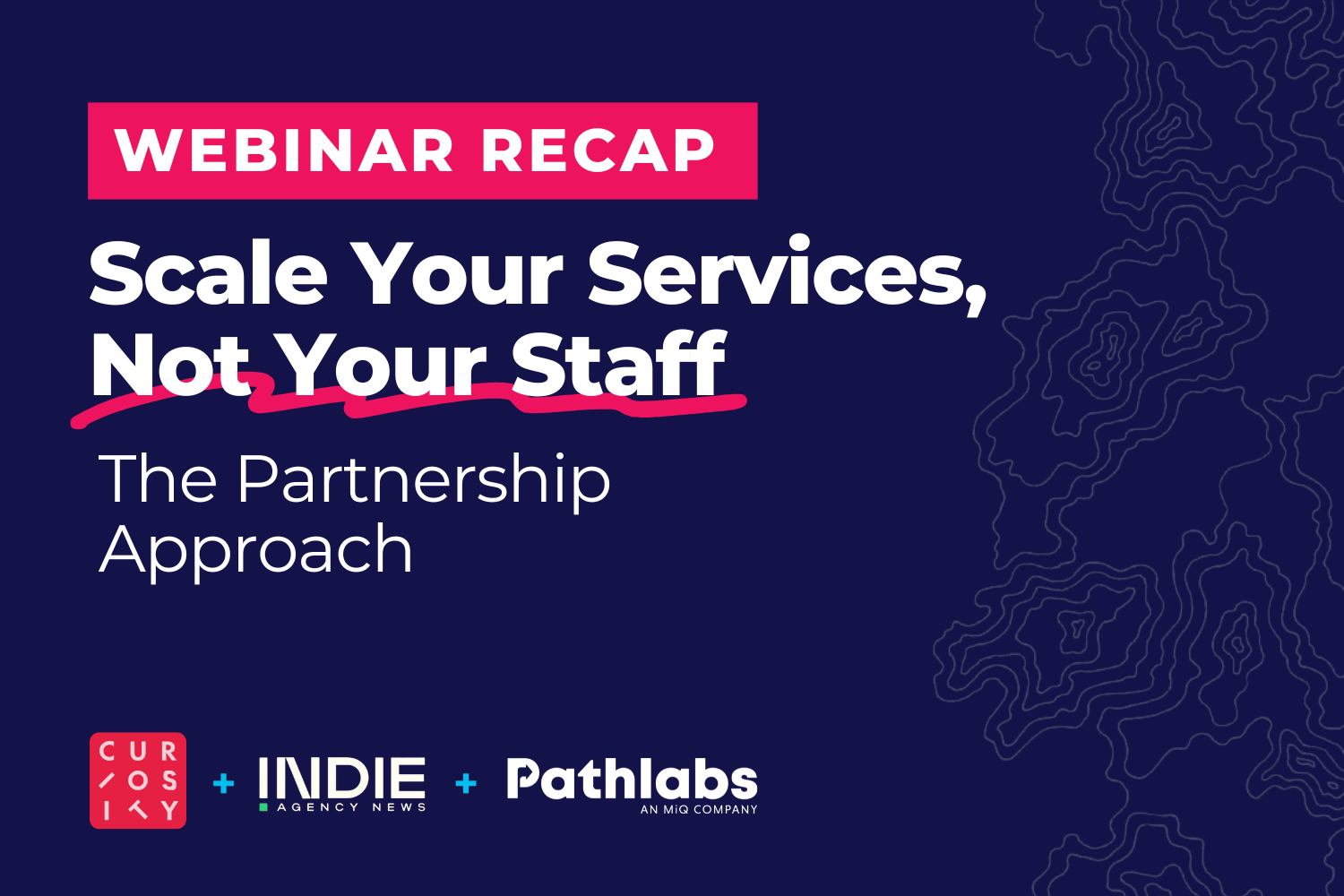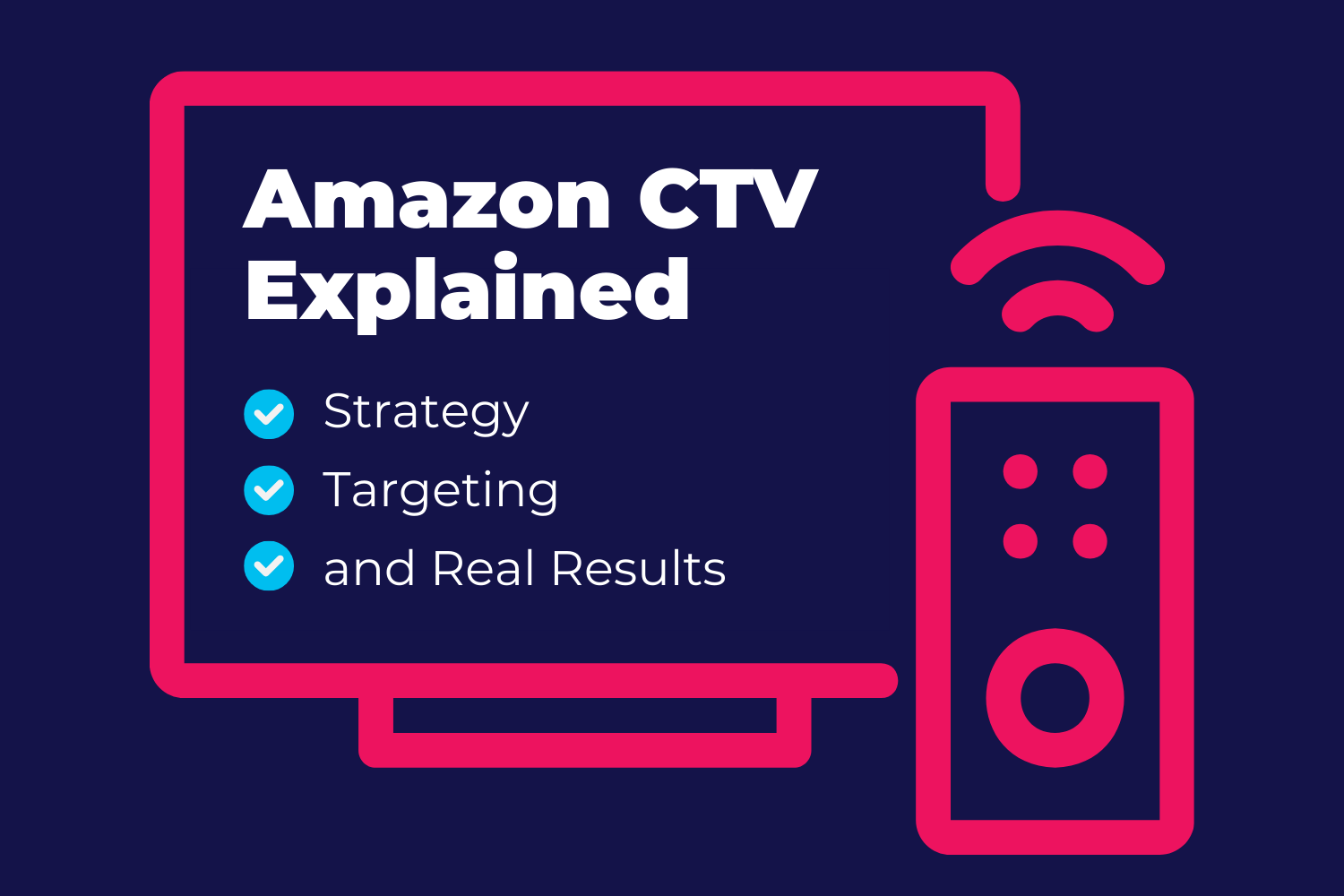Paid Social Media Advertising: Initiating Campaigns That Get Results
| Pathlabs Marketing |
| November 21st, 2023 |
CONTENTS
Have you heard about social media? Of course you have! However, not everyone fully understands paid social advertising or what goes into a successful campaign in this domain.
This blog dives into paid social media advertising, providing examples and insights on the benefits, challenges, and essential questions to consider before starting.
What Is Paid Social Media Advertising?
Paid social media advertising refers to strategically displaying paid advertisements on social media platforms.
Paid social advertising differs from publishing organic posts on a brand-owned social media profile, managing an influencer collaboration, or hosting interactive quizzes, polls, or live streams on these platforms.
Instead, paid social advertising involves planning, building, and launching coordinated, paid media campaigns on social media platforms. Advertisers most commonly do so with the help of ad-buying platform interfaces offered by major social media platforms like Meta Ads Manager.
Paid Social Media Advertising Examples
Advertising teams can run paid social ad campaigns across the following social media platforms:
Meta (Facebook and Instagram)
Using the Meta Ads Manager, teams can run paid ads in the format of static photos, videos, carousels, and even some marketplace and search formats. Facebook and Instagram are the two prime Meta platforms for placing paid social ads.
Facebook Feed Ad
Instagram Feed Ad
Snapchat
Snapchat Ads Manager allows teams to run paid ads within story sections and as commercials between videos; they can even explore implementing sponsored filters and AR lenses. Learn more about advertising on Snapchat here.
LinkedIn Ads Manager lets teams run single images, carousels, videos, text, and even conversational advertisements within user feeds. These can target professionals based on education, job experience, job titles, etc.
LinkedIn Feed Ad
With Pinterest Ads Manager, teams can run paid ads within different photo tiles. A powerful feature is that teams can target users based on their interests and keywords used in past engagement on the app.
Reddit Ads permits teams to place text ads in different threads and discussions.
Why Is Paid Social Media Advertising Important?
The importance of paid social media advertising stems from the global reach of social platforms, which, as of July 2023, encompass a staggering 4.88 billion users. That is nearly 60% of the worldwide population, according to Statista.
Having this vast user base engaging at a high rate, along with the availability of various social ad-buying platform interfaces, makes it paramount for advertising teams to consider including paid social media in their overall media strategies.
The Benefits of Paid Social Media Advertising
Diverse Platform Options
The different social media platforms tend to serve distinct demographics and purposes; for example, LinkedIn often resonates with professionals, while Snapchat resonates with Gen Z. In effect, advertisers can choose to leverage only the social platforms that optimally align with their target audience, objectives, and budget constraints.
Various Ad Formats
The major social media platforms offer multiple ad formats. With Facebook alone, advertisers can place ads within reels, stories, Messenger, videos, articles, etc.
Precision Targeting
Social media platforms collect vast amounts of user data, allowing advertisers to target campaigns and ad sets to specific audiences based on factors like personal characteristics, interests, and behaviors on the platform.
Additionally, advertisers can activate their first-party data from owned channels, such as websites or CRM systems, into social media ad-buying platform interfaces. The platform looks at this data and then matches it to the data it collects internally. The result: the advertiser can find and target actual users who have previously interacted with their brand.
Multi-Funnel Opportunities
Advertisers can simultaneously run two or more paid social campaigns on the same platform, catering to different parts of the funnel. For example, in Facebook Ad Manager, they can launch one campaign that prioritizes generating awareness for a general audience while running another that pushes direct response from a more narrowed audience.
Insights and Trends
Social media is a key realm where trends and insights into audiences and industries commonly surface. By shifting advertising focus to this field, teams directly tap into the social mainstream, staying more relevant and informed.
The Challenges of Paid Social Media Advertising
Channel Fragmentation
Although it is beneficial that there are many social media platforms available for running ad campaigns, this makes it difficult to narrow down the single best choice.
In fact, a common pitfall for advertising teams is attempting to run paid social ads across too many platforms, which leads to diluted bandwidth and budget.
Developing Social Media Ad Content
Developing paid social ad creatives is difficult, as teams must adhere to stringent ad format specs and make the content inherently compelling to the user. Once the content goes live, the advertiser must check it to ensure quality.
Walled Gardens
A vital component of paid social media advertising is the ability to analyze data, understand audience behaviors, and assess campaign results. However, social media platforms often operate as 'walled gardens,' offering limited transparency into the data they collect. This lack of clarity can obscure campaign outcomes and the reasons behind specific costs, giving advertisers limited access to detailed insights.
How to Start a Paid Social Media Campaign
The starting point for any paid social media advertising campaign begins by addressing these critical questions:
Campaign Objective Basics
What is the business objective?
How will advertising campaigns contribute to this objective?
How will paid social ad campaigns, in particular, contribute?
Audience Scope
Who is the audience? How will they influence business outcomes, and where are they in the sales funnel?
Which social media platforms does the audience mainly reside on? Is there evidence to prove this?
Is there 1st party audience data available to activate?
What audience characteristics do we want to target in this campaign?
Platform Choice
What will be the main social media platform(s) used?
Is there enough budget/bandwidth to manage advertising efforts effectively across one or more platforms?
Budget and Time
How much budget is available for these advertising efforts?
What is the designated period in which we must run these advertising efforts?
Content and Design
Which ad formats will the campaign use?
Who will handle creative development?
Who will be responsible for inputting creative and quality assurance?
Performance Tracking and Optimization
Which are the main metrics to look at for gauging performance?
What are the KPIs we must hit to merit positive performance?
Will the campaign require any A/B testing or experimentation during the execution?
Who will audit the campaign and make intermittent improvements?
Upon answering these questions, advertising teams can proceed in building their media plan and working to execute the campaign in the paid social ad-buying platform interface.
The person or entity ultimately responsible for developing the initial paid social media plan and subsequent execution will depend.
In-house marketing and advertising teams might manage both the planning and execution. Alternatively, they may create the plan and then rely on an advertising agency or a media execution partner to execute it, performing the actual strategizing, building, launching, and optimizing of the campaign.
The key takeaway is that managing paid social advertising efforts is more complex than advertising teams often think, encouraging many to lean on additional external services and vendors to cover all their bases and get their paid social efforts off the ground.
How the Right Digital Media Agency Partner Can Help
Agencies who run paid social advertising efforts for multiple brands and clients should consider working with a media execution partner (MEP).
A media execution partner, like Pathlabs, combines the best of both worlds between in-house teams and outsourced services. We partner with agencies, providing the necessary people, workflows, and technology to successfully execute their paid social advertising campaigns.
We specialize in the tactical details of execution, optimization, data-driven analytics, and reporting, enabling agency teams to free up time and concentrate on scaling their companies.
Our team at Pathlabs, in particular, has complete proficiency in executing paid campaigns across the major social channels, investing in all the required tech and subscriptions, and comfortably handling millions in paid social media buying annually.
To learn more about a media execution partner, check out our 2024 MEP Playbook, as seen in Digiday and Ad Age.
In Conclusion…
Paid social media advertising is a direct approach to placing ads on platforms like Facebook, Instagram, LinkedIn, and Pinterest through their ad-buying interfaces. The key advantages of this channel are its vast user base, a range of ad formats, precise targeting options, and high user engagement levels. However, it's not without challenges, including managing content creation within specific platform guidelines, navigating the complexities of 'walled gardens' of user data, and choosing the right platforms to avoid overextension of budget and resources.
Regardless, advertising teams should have this channel on their radar for years to come.















